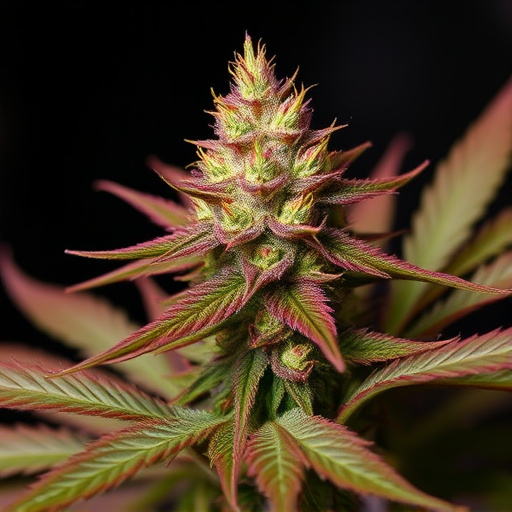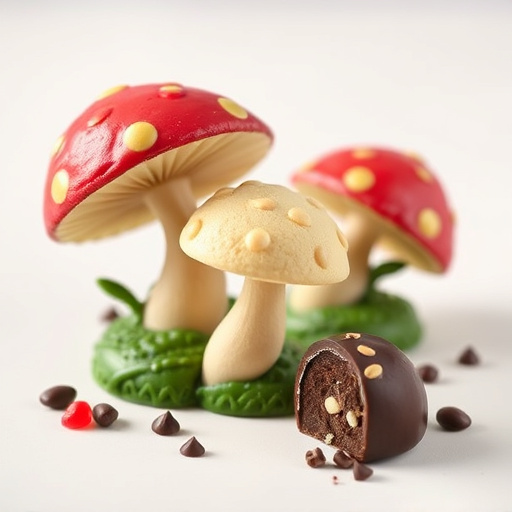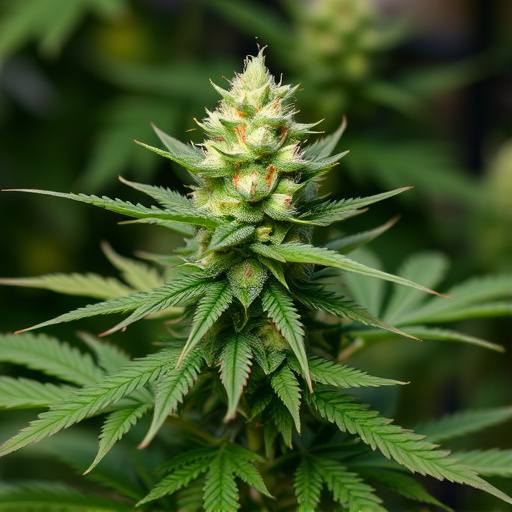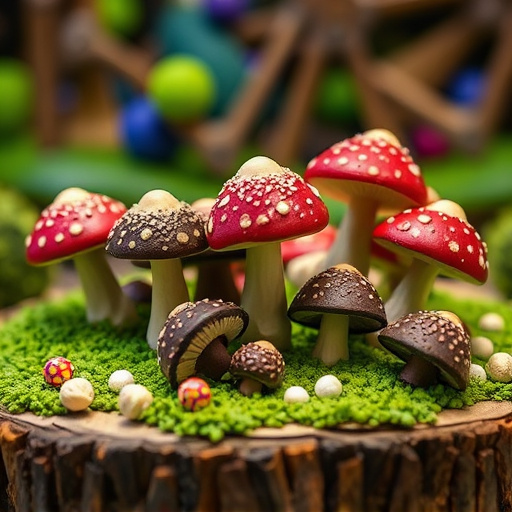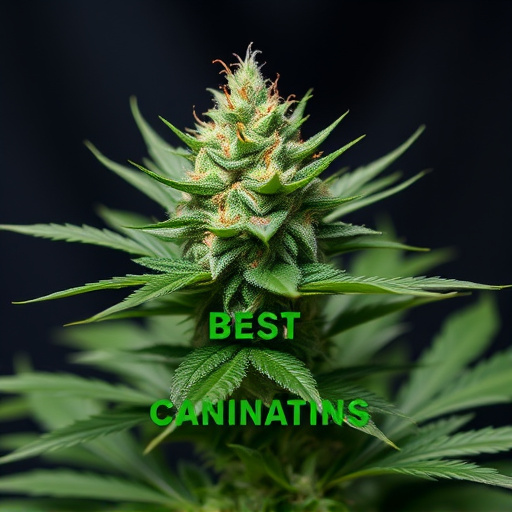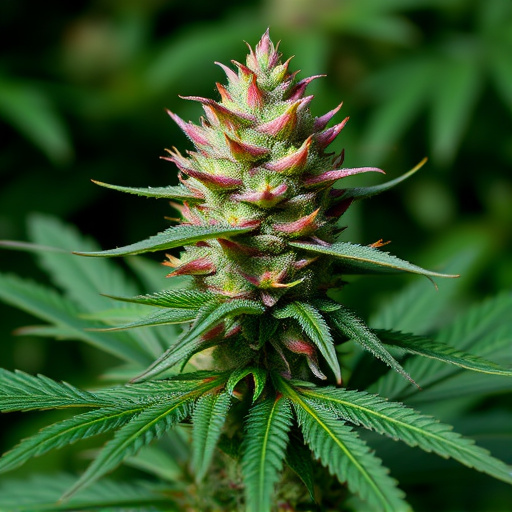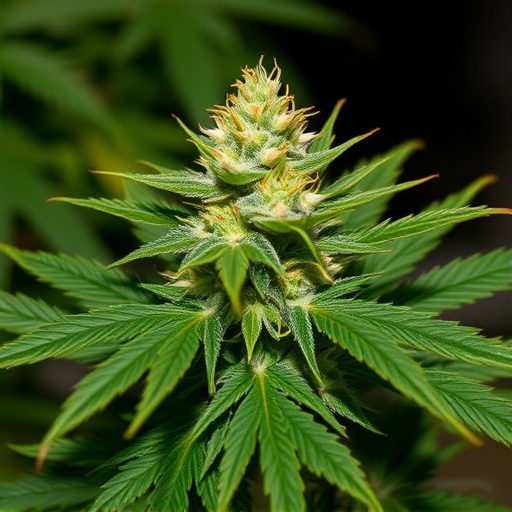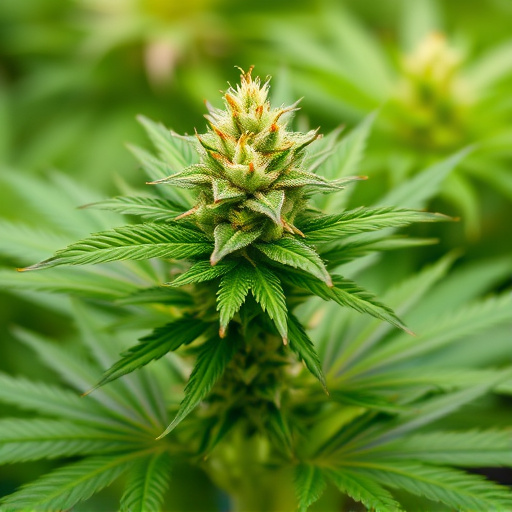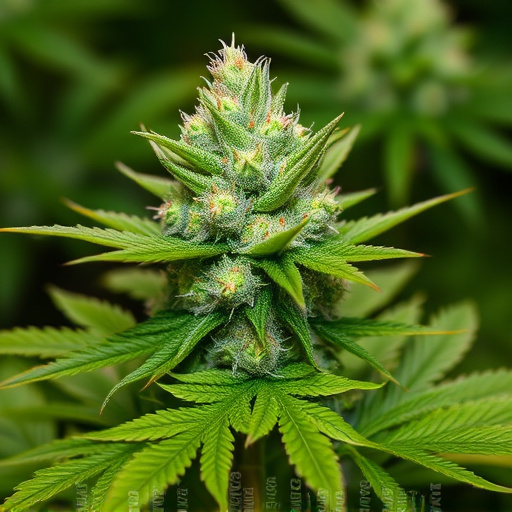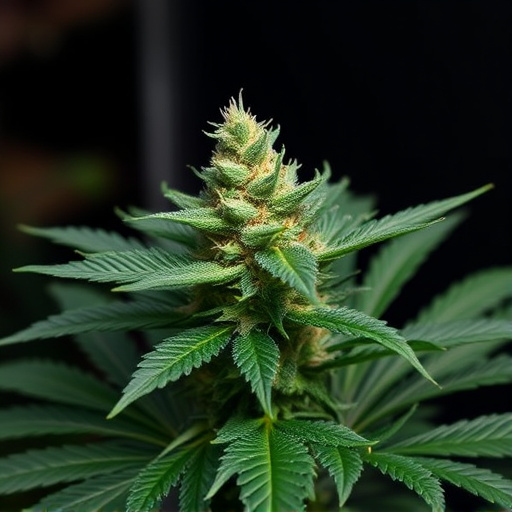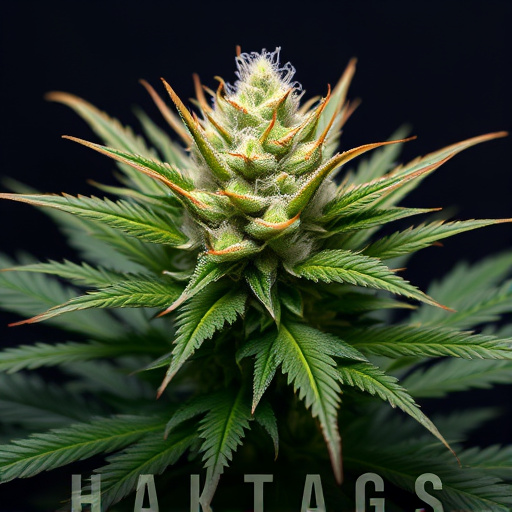Cannabis potency, crucial for optimal user experiences with the best cannabis strains globally, is shaped by genetics, environmental conditions, and cultivation practices. Genetic diversity leads to variations in cannabinoid levels, with THC-rich strains offering potent effects and CBD-rich varieties providing medicinal benefits. Environmental factors like sunlight, temperature, humidity, and nutrients influence cannabinoid production. Proper cultivation techniques, including optimal lighting, temperature control, humidity management, nutrient application, and soil quality, enable growers to maximize cannabinoid concentrations, ensuring the best cannabis strains worldwide achieve exceptional potency through a complex interplay of nature and nurture.
Looking to maximize your cannabis flower potency? This comprehensive guide breaks down the key factors and strategies to unlock the full potential of your plants. From understanding the intricate interplay of genetics and environmental conditions, to exploring the best cannabis strains known for their remarkable strength, you’ll discover proven techniques to optimize cannabinoid production. Uncover the secrets to growing some of the world’s best cannabis strains right in your own space.
- Understanding Cannabis Flower Potency: Factors That Influence Strength
- The Role of Genetics: Exploring the Best Cannabis Strains for High Potency
- Optimizing Growing Conditions for Maximal Cannabinoid Production
Understanding Cannabis Flower Potency: Factors That Influence Strength
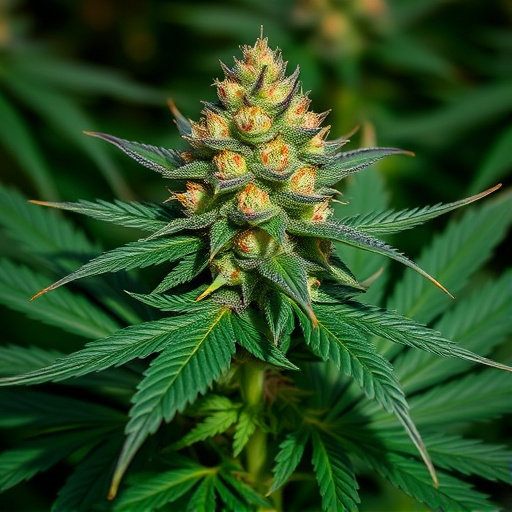
Cannabis flower potency, or the strength of its psychoactive and therapeutic compounds, is a crucial aspect for many users seeking optimal effects. Understanding what influences this characteristic is essential when aiming to cultivate high-quality cannabis or select the best cannabis strains in the world. Various factors play a role in determining the overall potency of a plant, including genetics, environmental conditions, and cultivation practices.
Genetic makeup is one of the primary contributors, as different cannabis strains naturally produce varying levels of cannabinoids like THC (tetrahydrocannabinol) and CBD (cannabidiol). High-THC strains are often sought after for their potent effects, while CBD-rich varieties are popular for their medicinal benefits. Environmental factors such as sunlight exposure, temperature, humidity, and nutrient availability during the growing period significantly impact cannabinoid production. Optimal conditions facilitate the synthesis of more potent compounds, resulting in flowers with higher concentrations of active ingredients. Proper cultivation techniques, like careful monitoring of growing environment and precise feeding, enable growers to maximize the natural potential of their cannabis plants.
The Role of Genetics: Exploring the Best Cannabis Strains for High Potency
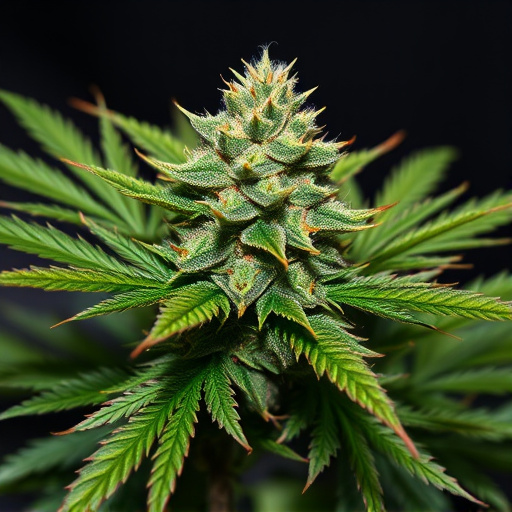
Cannabis potency is a result of intricate interactions between environmental factors and genetic predispositions. While cultivation techniques play a significant role, understanding genetics is crucial for unlocking high-potency flowers. Exploring the best cannabis strains in the world can offer valuable insights into naturally potent plants. Some renowned strains, like Blueberry, Northern Lights, and AC/DC, are known for their exceptional THC levels, making them contenders for the top of the list. These strains have been carefully bred over generations to enhance their cannabinoid profiles, resulting in flowers with remarkable potency.
Genetic diversity within cannabis allows for a wide range of chemical compositions, directly affecting the plant’s effect. The best cannabis strains for high potency often possess dominant genetic traits that maximize the production of THC and other cannabinoids. By focusing on these exceptional strains, cultivators can ensure their plants have a solid genetic foundation, enabling them to achieve superior yields with potent flowers.
Optimizing Growing Conditions for Maximal Cannabinoid Production
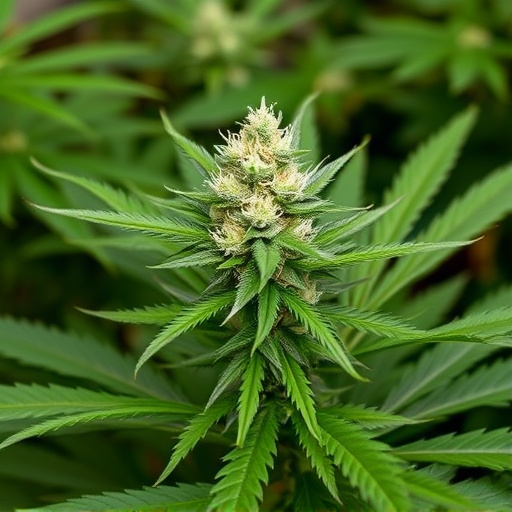
To optimize growing conditions for maximal cannabinoid production, especially with the best cannabis strains in the world, cultivators must pay close attention to several key factors. Light is a primary driver; many high-potency strains thrive under 24 hours of light per day, which can be achieved through controlled lighting environments. Maintaining consistent temperatures between 65-75°F (18-24°C) and relative humidity levels around 40-60% is also crucial. Proper nutrition is equally vital; using high-quality, cannabis-specific fertilizers tailored to specific strain needs can significantly boost terpene and cannabinoid profiles.
Soil quality plays a significant role as well. Well-draining, nutrient-rich soil allows for optimal root development, enhancing the plant’s ability to absorb essential elements. Some cultivators even prefer soilless cultivation methods like hydroponics or aeroponics to reduce nutrient competition and improve overall plant health, ultimately leading to higher cannabinoid concentrations in the final product.
Increasing cannabis flower potency involves a multifaceted approach, from understanding the influencing factors and utilizing powerful genetic lineages to optimizing growing conditions. By delving into these strategies, growers can unlock the full potential of their plants, cultivating not just robust flowers but also some of the best cannabis strains in the world, renowned for their potent profiles and unique therapeutic benefits. This holistic method ensures that each step contributes to a superior final product, catering to both enthusiasts and medicinal users alike.

